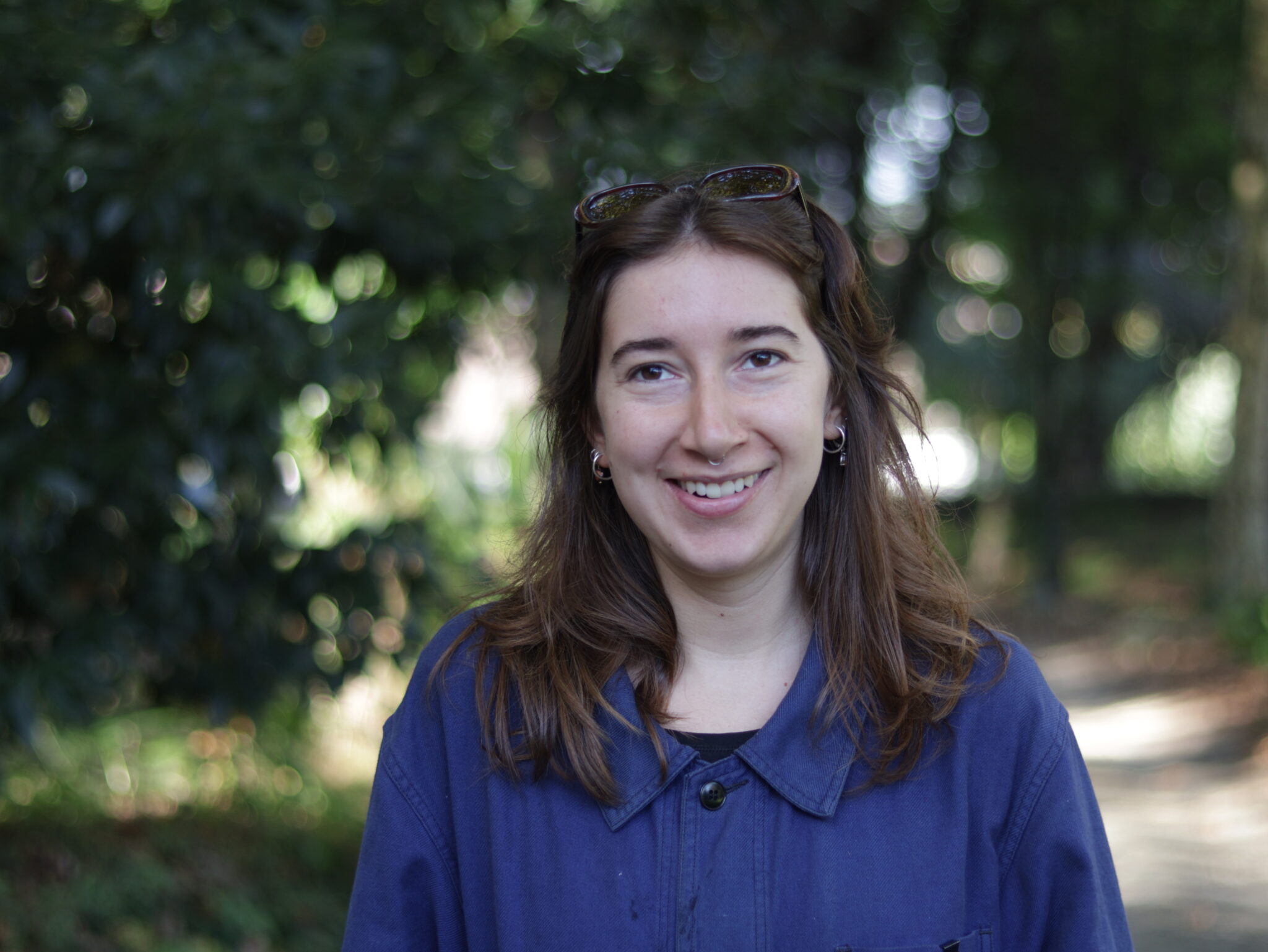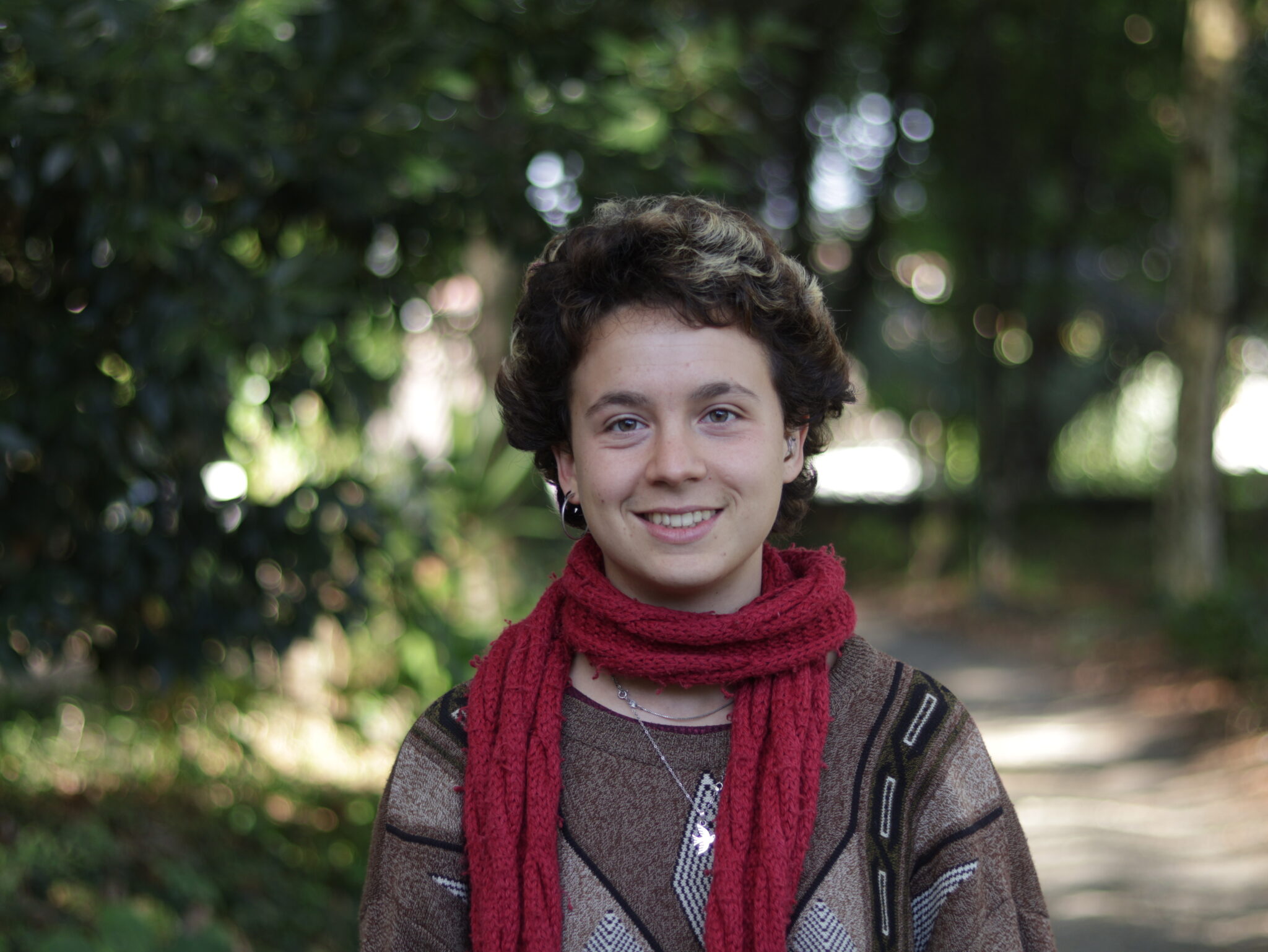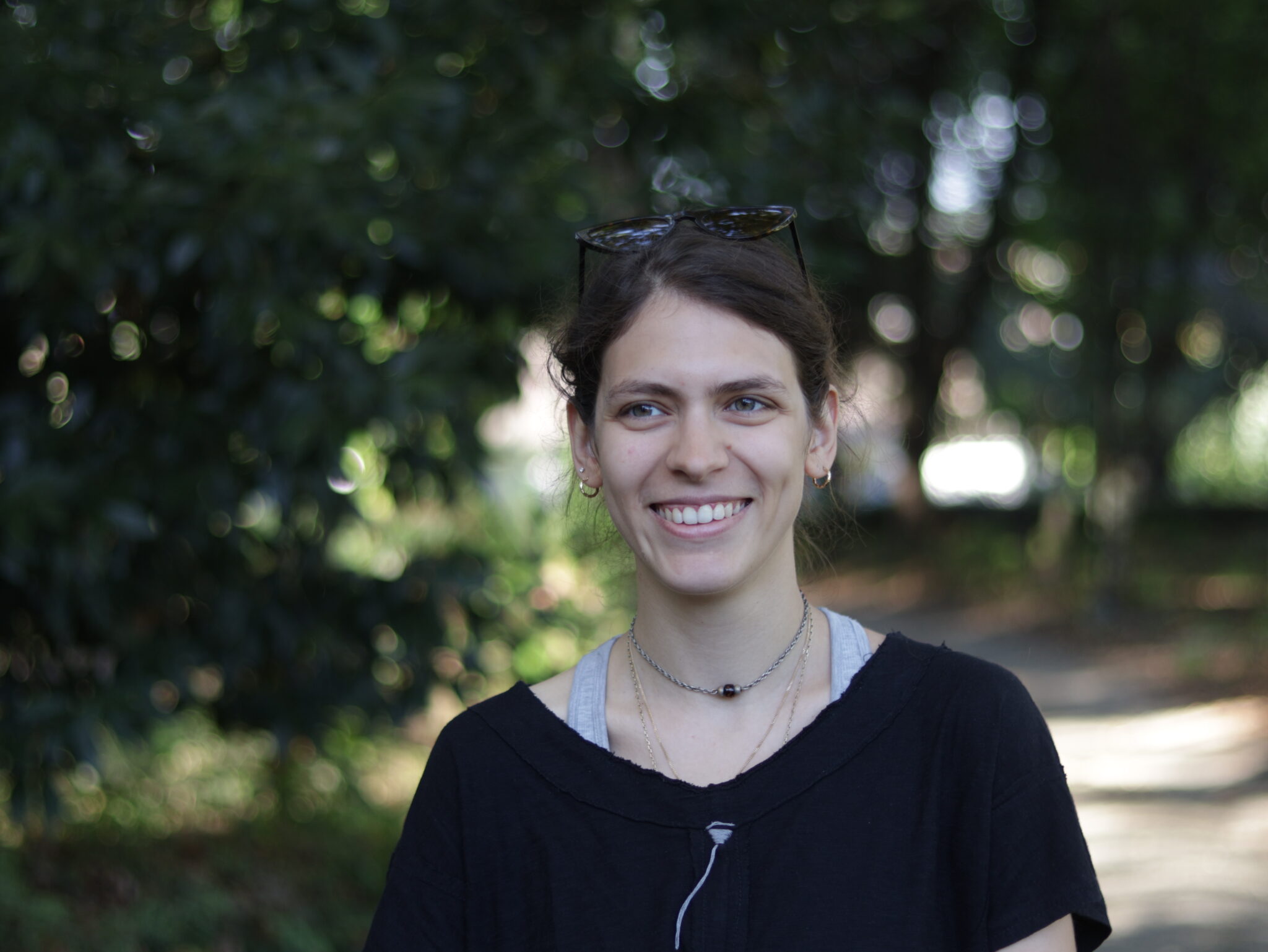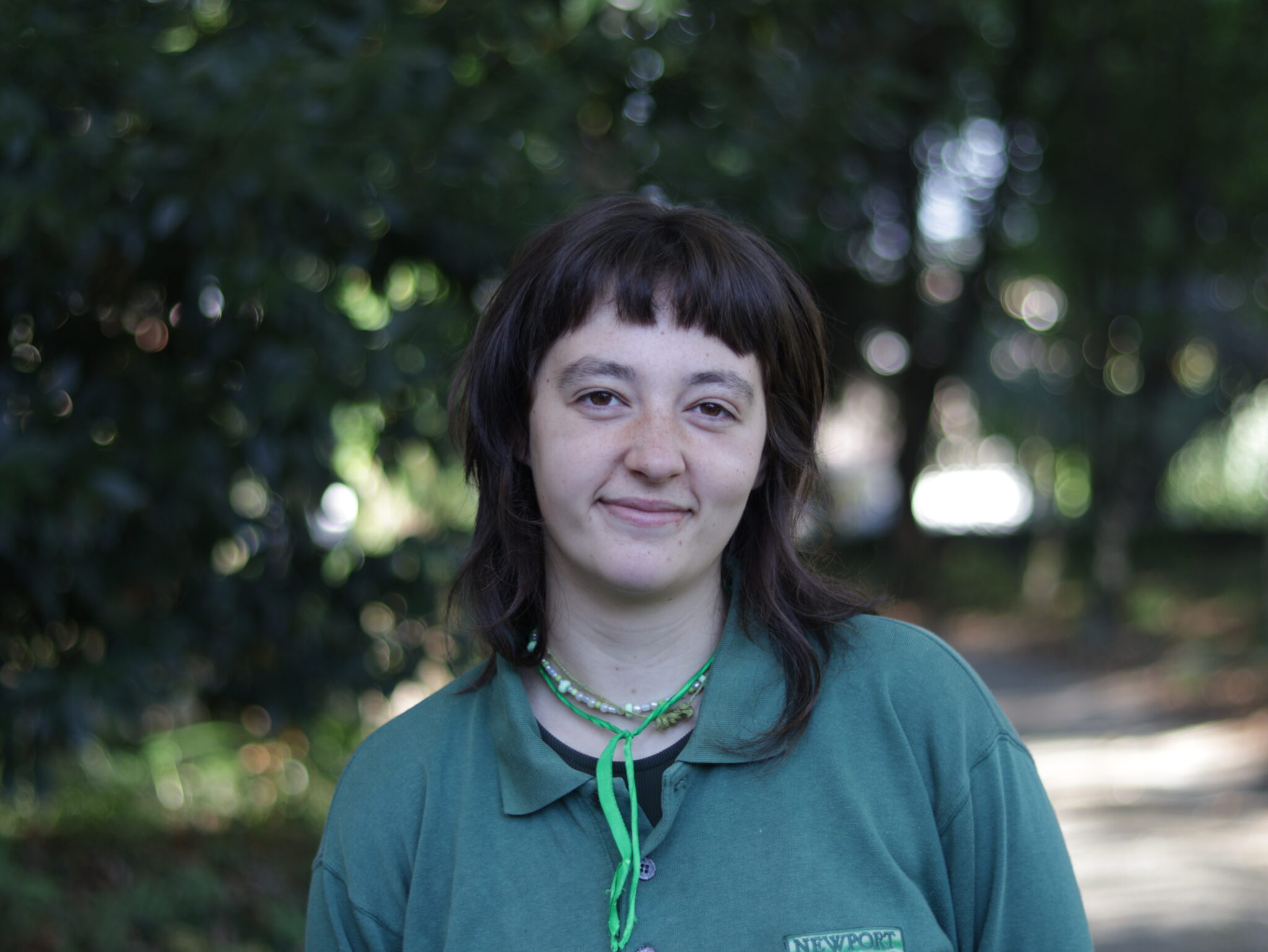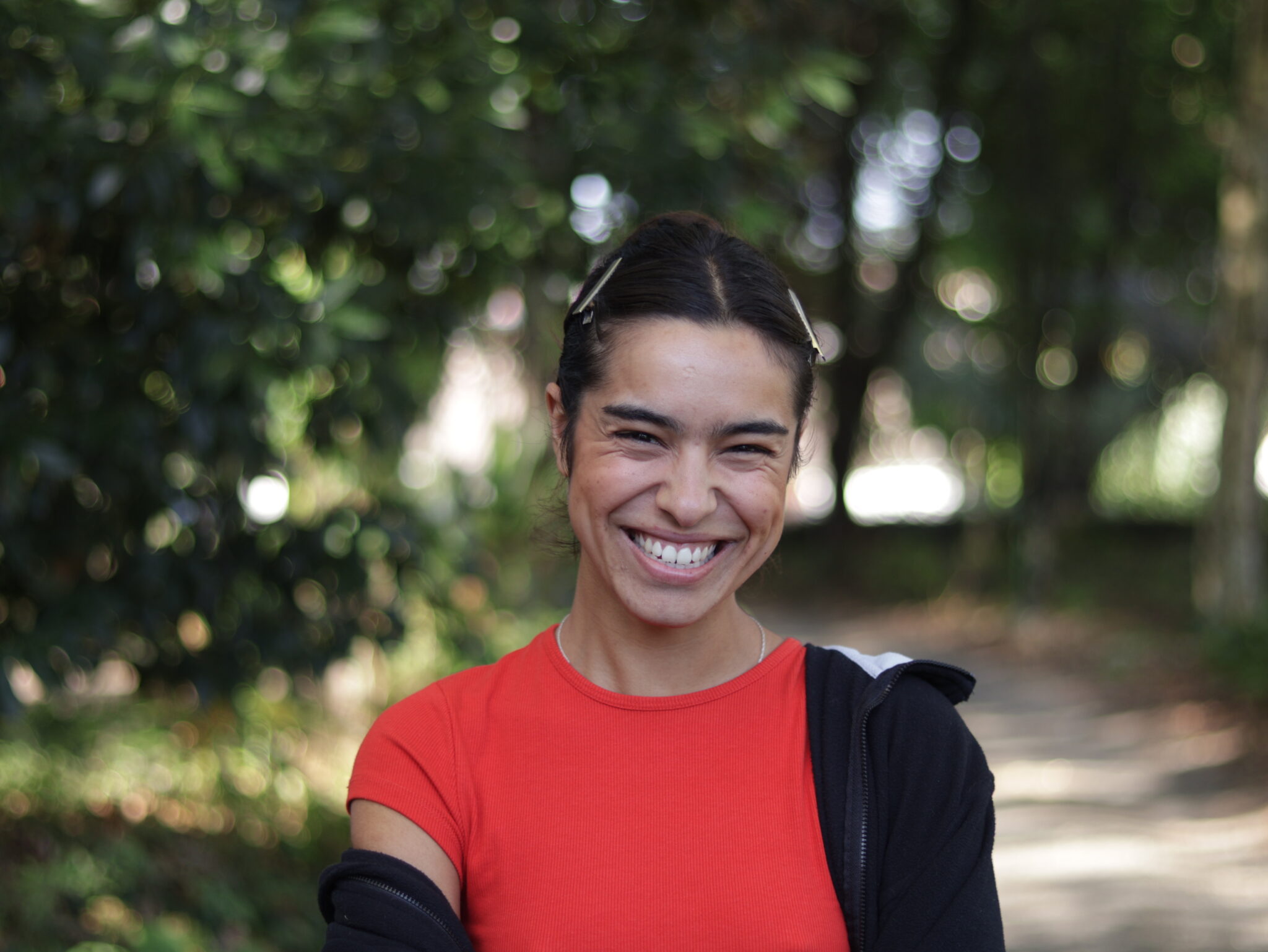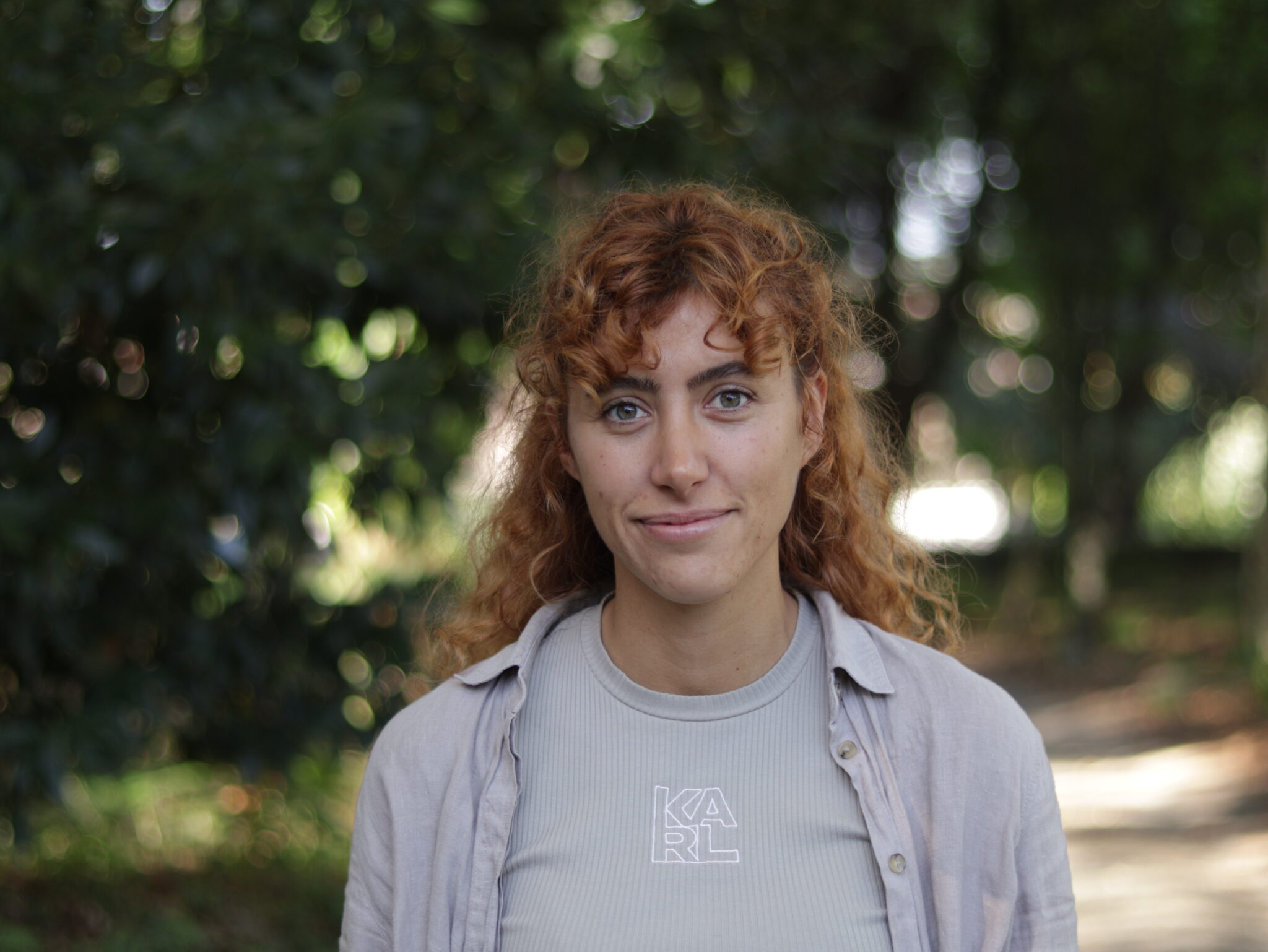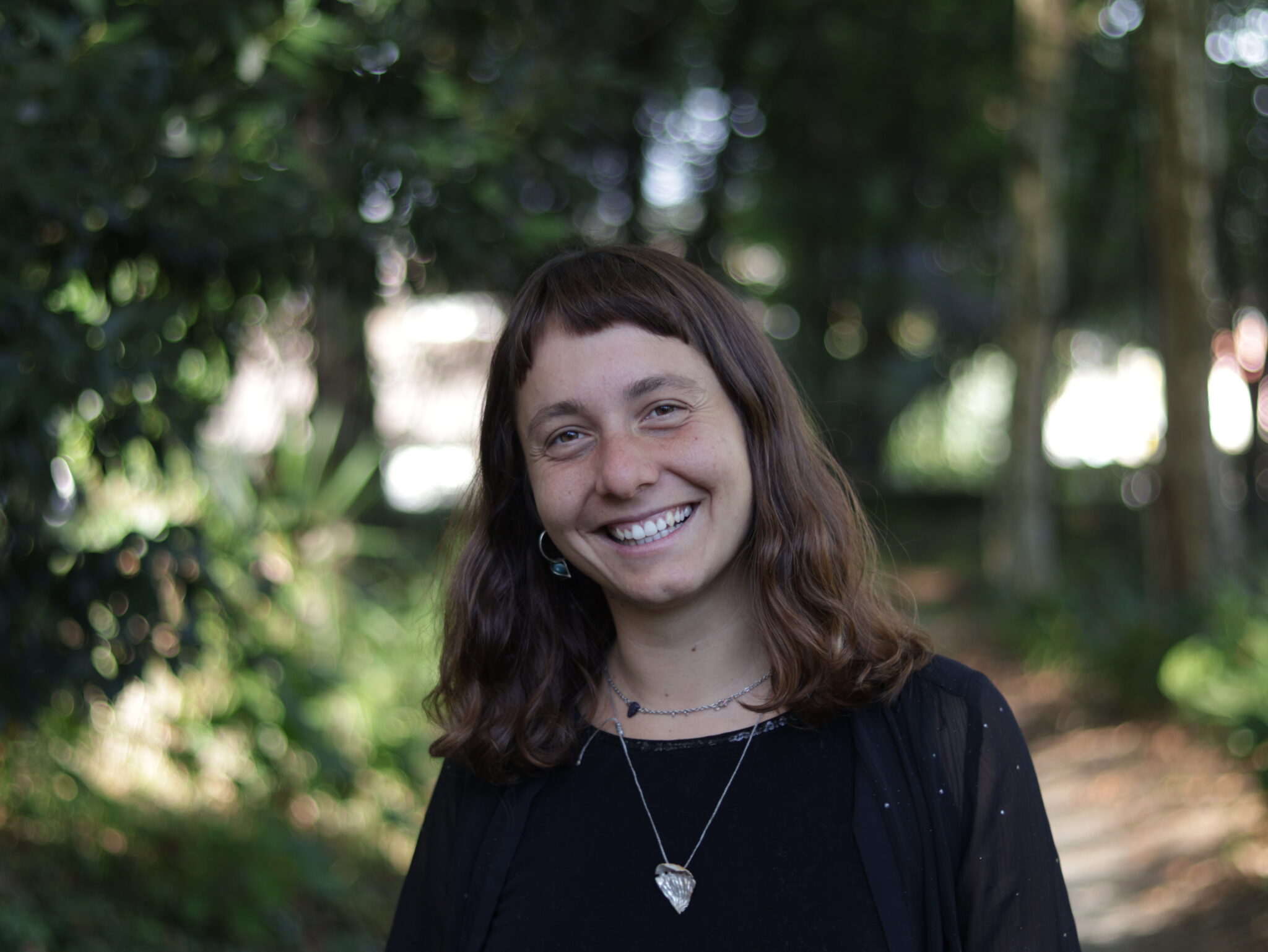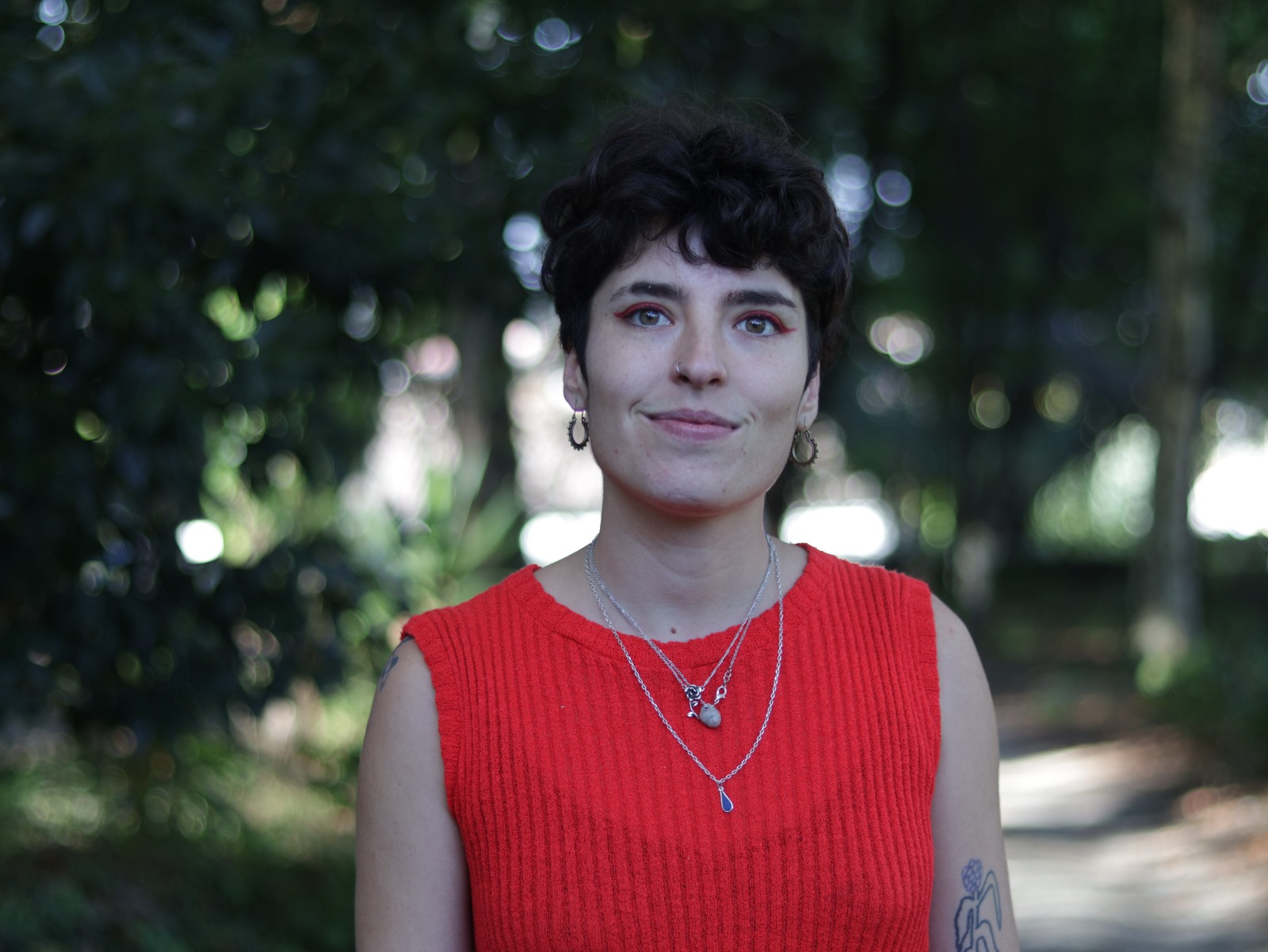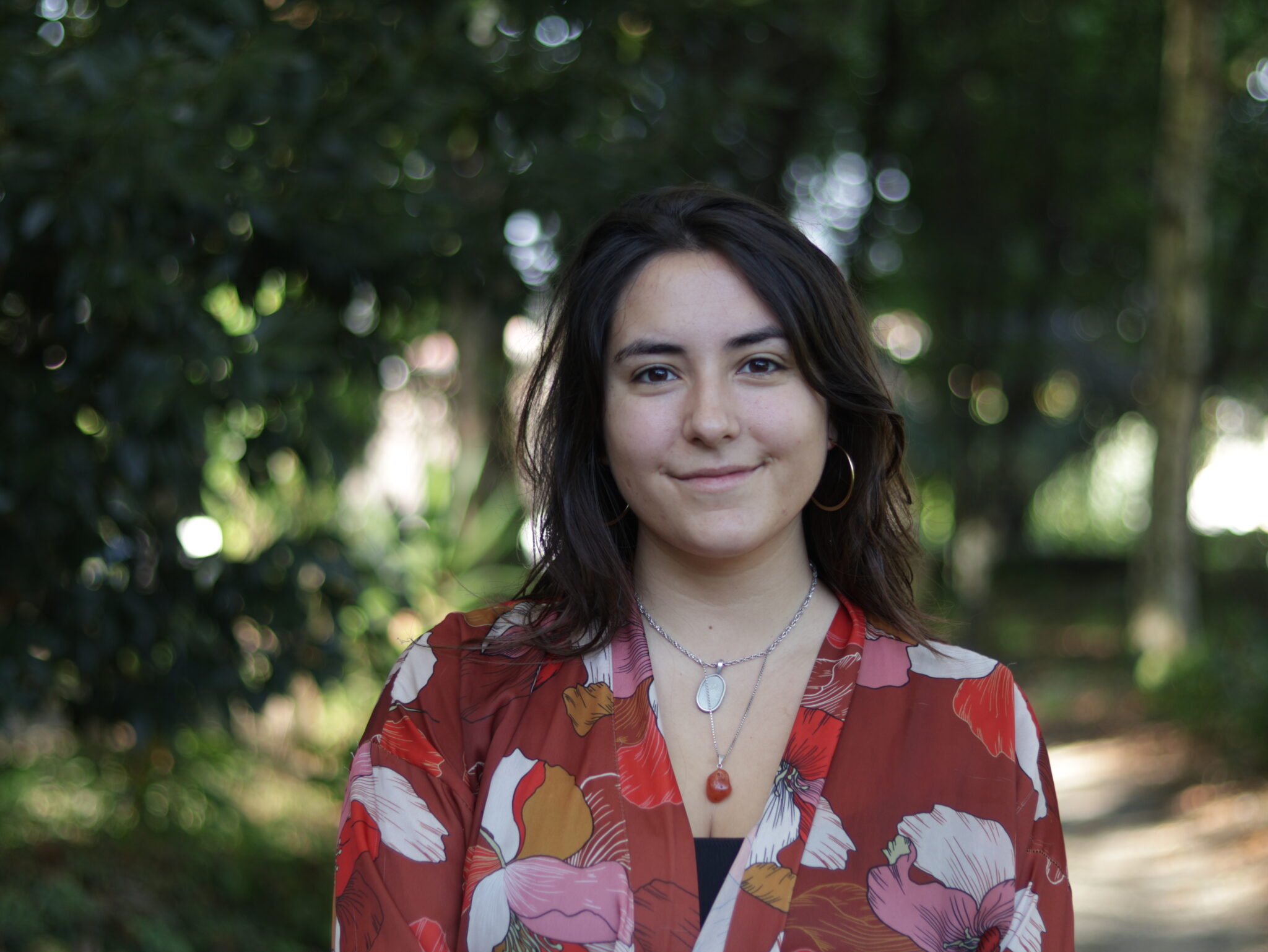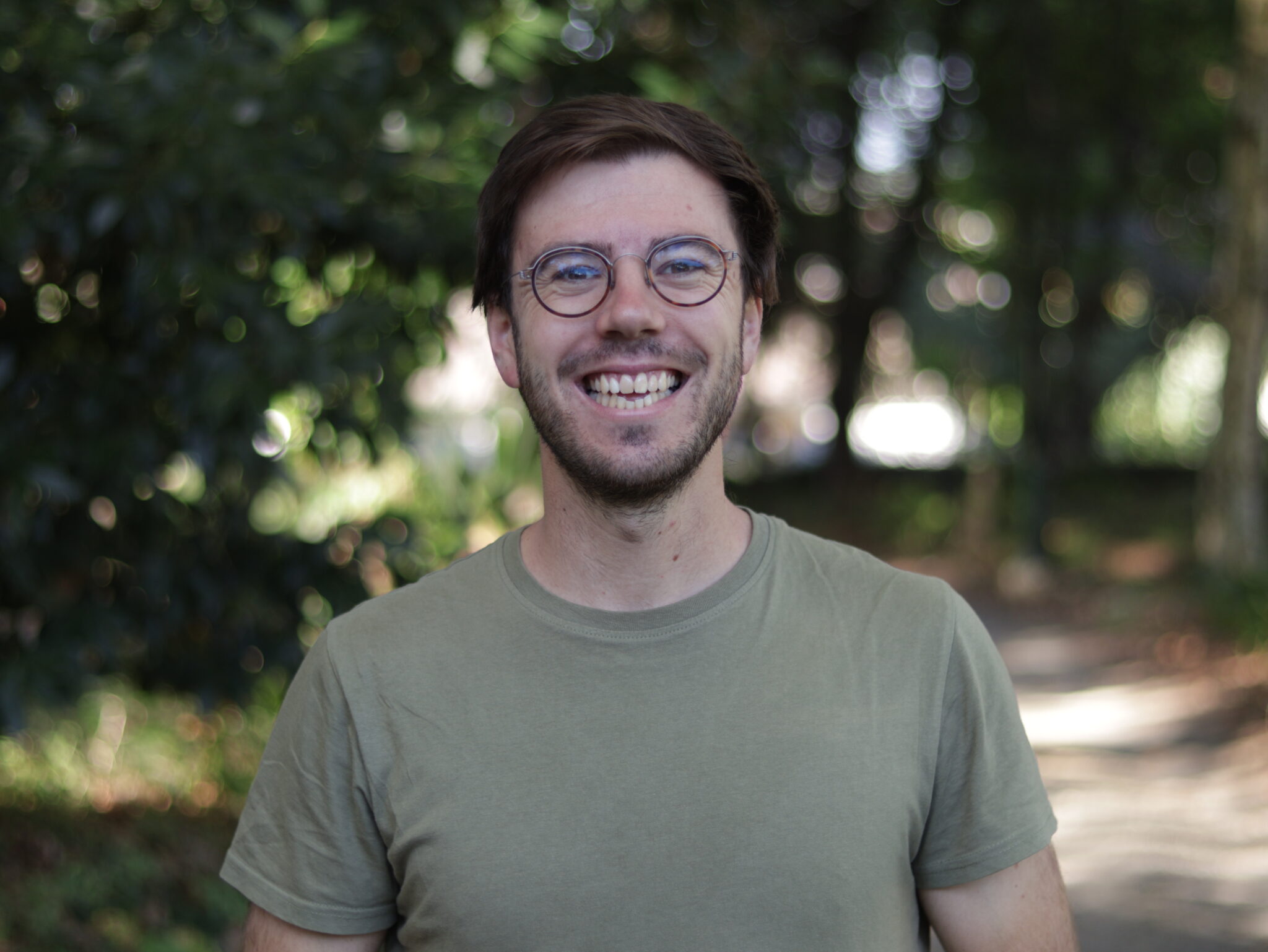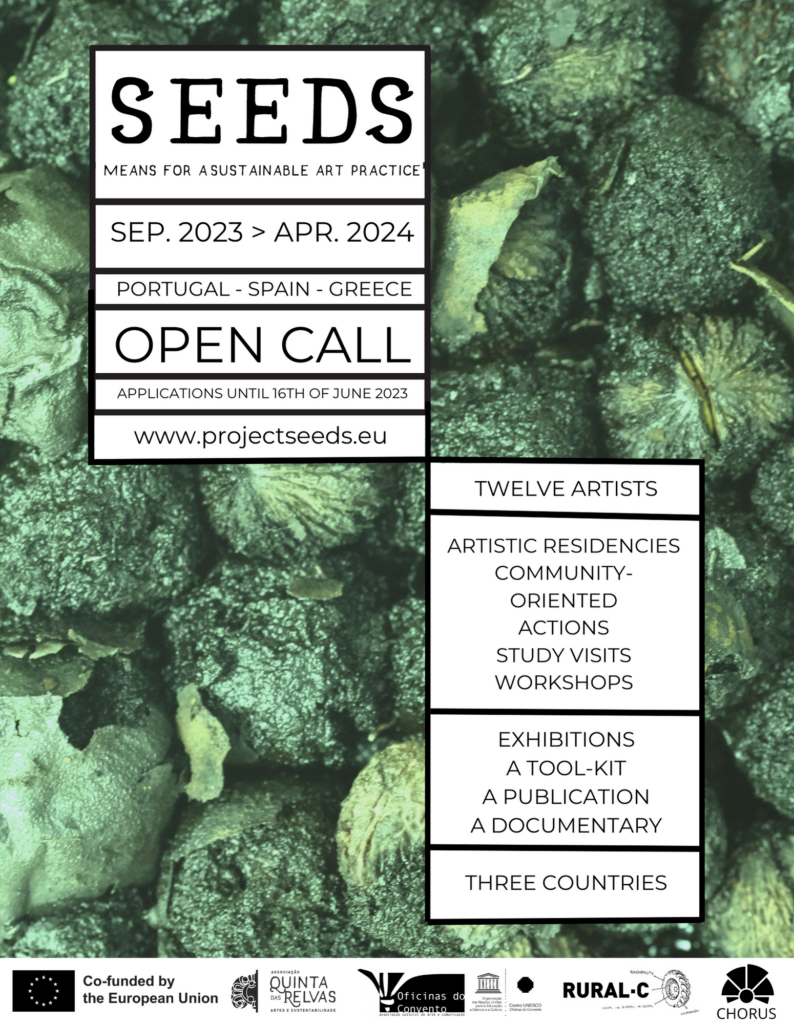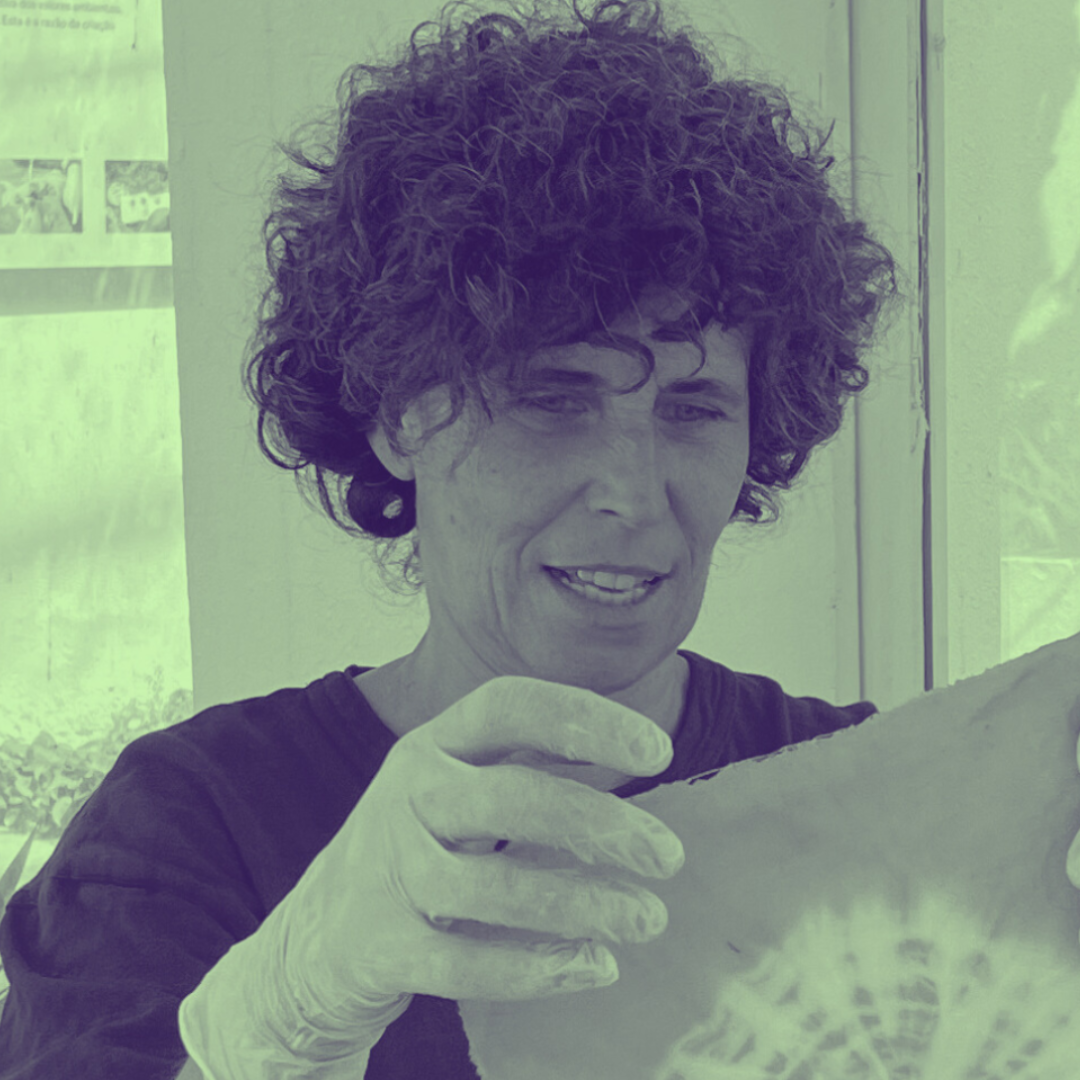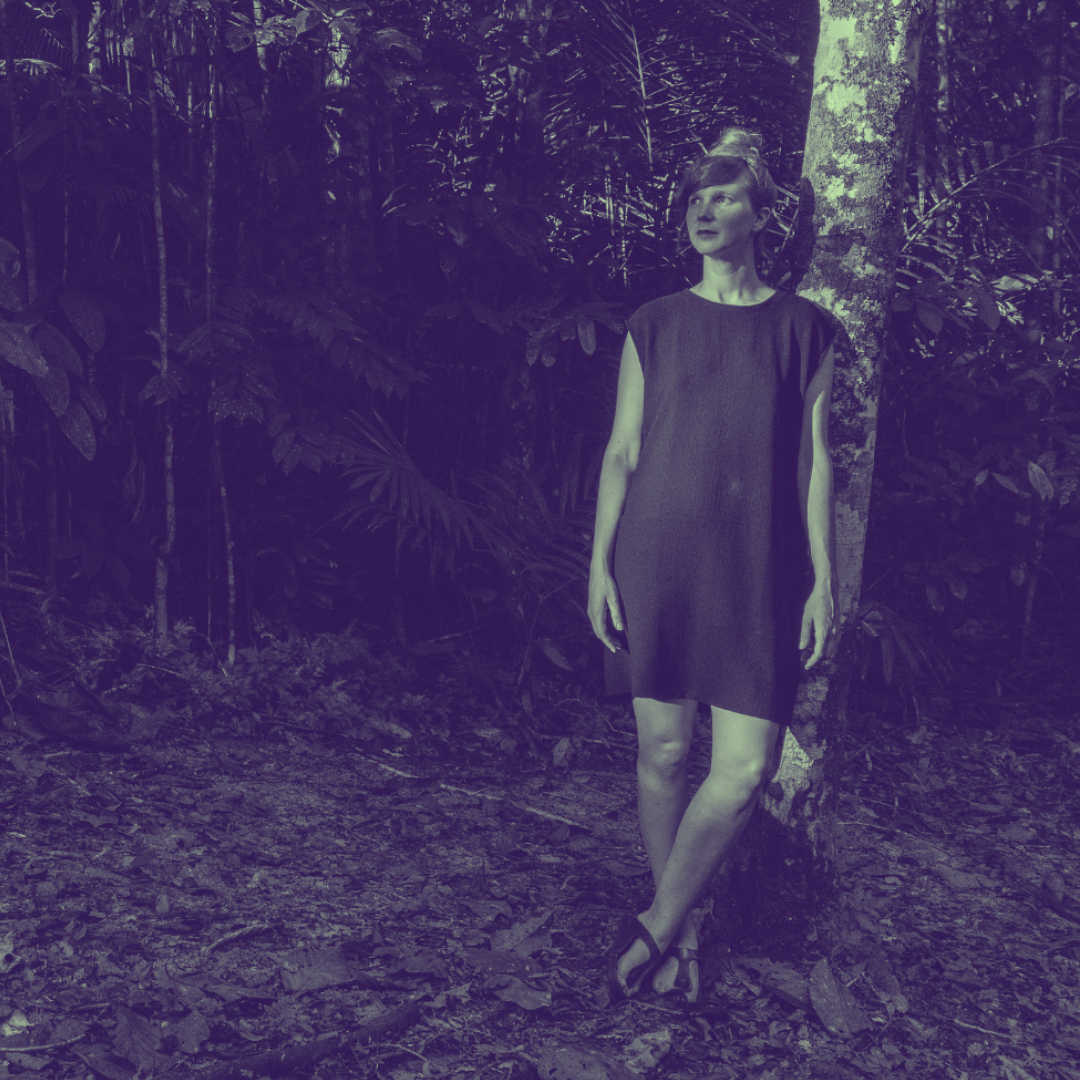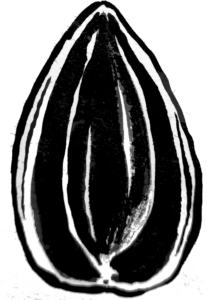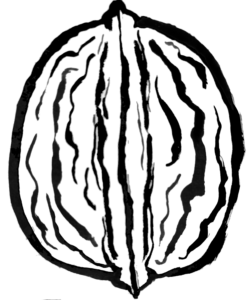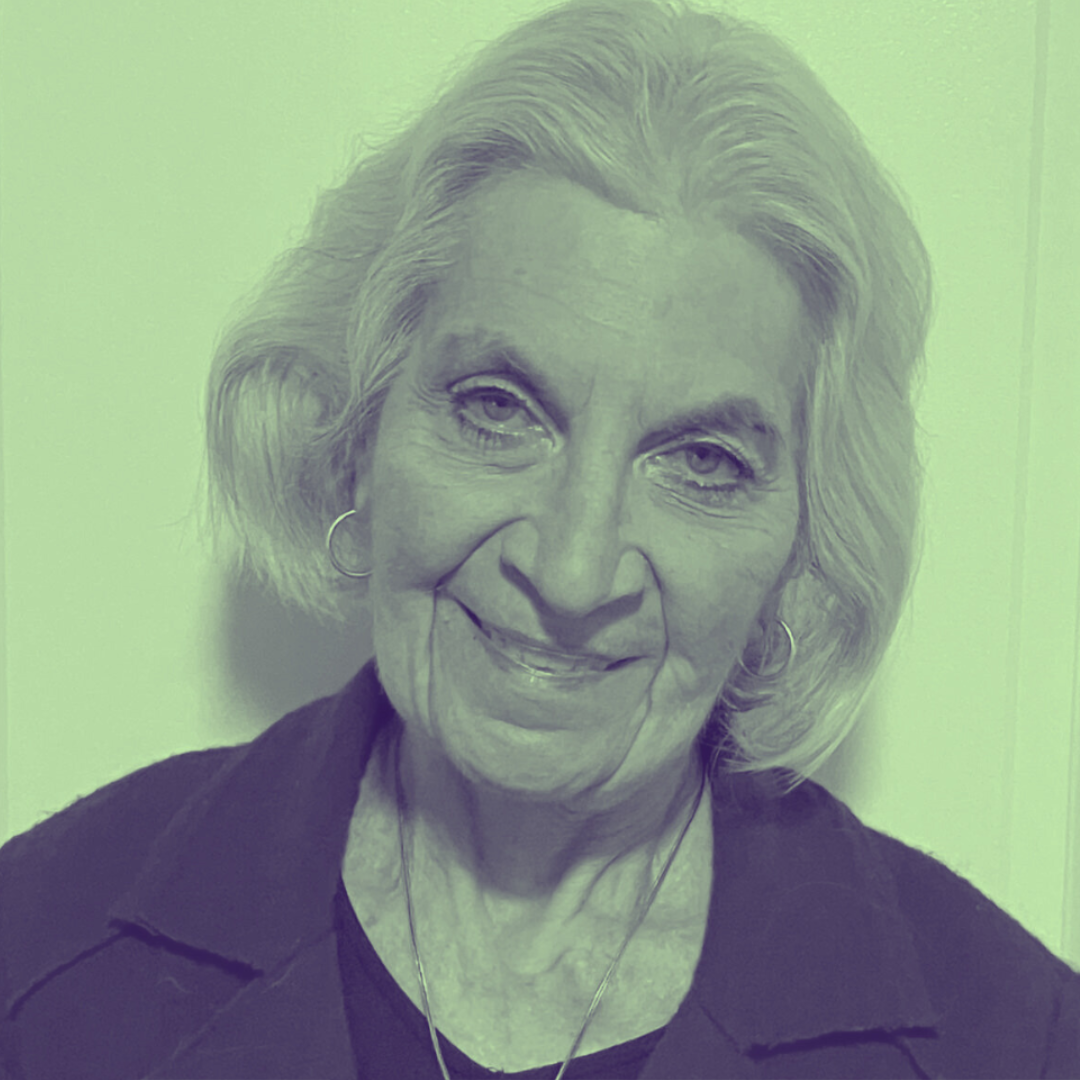
LINDA WEINTRAUB
curator, educator, artist, and author
Linda Weintraub is a curator, educator, artist, and author of several popular books about contemporary art, with a focus on the emergence and proliferation of eco art. She is the author of WHAT’s NEXT? Eco Materialism & Contemporary Art (Intellect Books 2018), To LIFE! Eco Art in Pursuit of a Sustainable Planet” (University of California Press 2012), and Avant-Guardians (Artnow Publications 2007), a series of textlets that include EcoCentric Topics: Pioneering Themes for Eco-Art; Cycle-Logical Art: Recycling Matters for Eco-Art; EnvironMentalities: Twenty-two Approaches to Eco-Art. She is also the author of In the Making: Creative Options for Contemporary Artists and Art on the Edge and Over: Searching for Art’s Meaning in Contemporary Society. She served as the director of the Edith C. Blum Art Institute located on the Bard College campus where she toured many of the fifty exhibitions she curated, and published over twenty catalogues. Weintraub was the Henry Luce Professor of Emerging Arts at Oberlin College; and contributor to the Nomad9 MFA program at the University of Hartford. The title of her forthcoming book is Who Do You Eat? explores the ecological implications of eating. All these publications are designed to make the outposts of vanguard art accessible to broad audiences. Weintraub has applied environmental concerns to her personal life by managing a sustainable homestead where she practiced permaculture. Her own studio practice affirms these principles.
